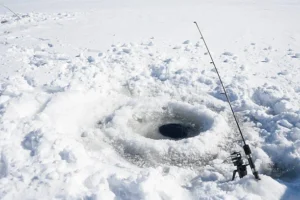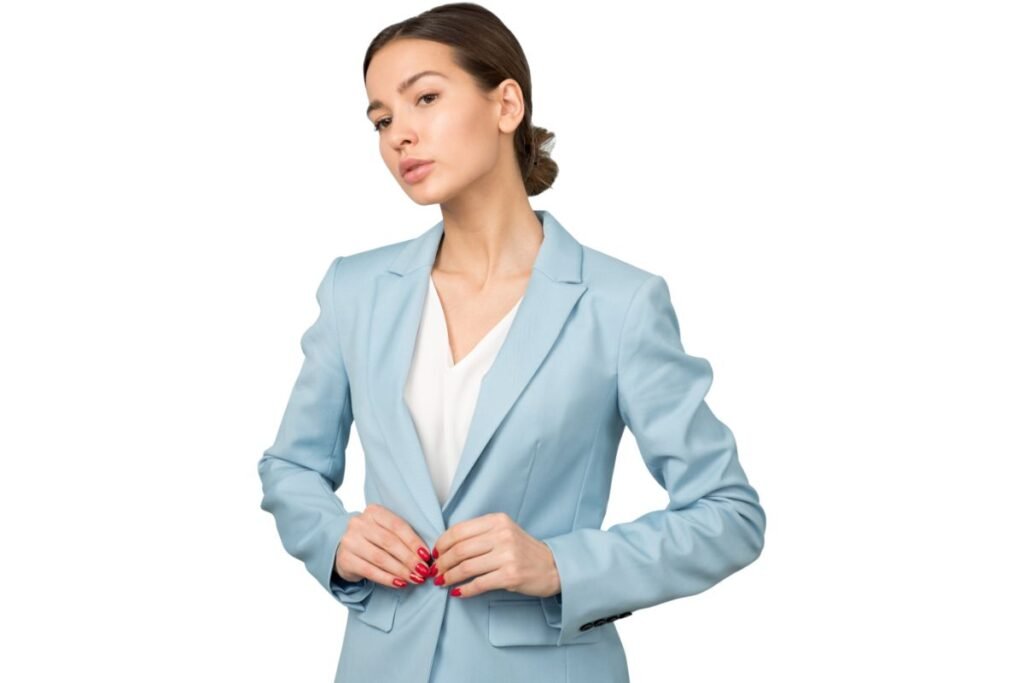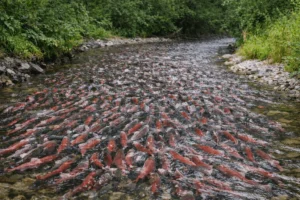The unique climate of Alaska, however, adds an extra twist to how you dress for work. Variable temperatures and inclement conditions require a practical, multi-use functional wardrobe. Mix-and-match outfits for work can be maintained even in Alaska’s cold climates.
The Local Climate of Alaska
The weather in Alaska is temperamental. Winters are dark and bitterly cold, with average temperatures falling below freezing. Summers are more relaxed, but there can still be a chill in the air (especially at night and early morning). That means you must layer, providing a sense of security and preparedness for the changing weather. Your work attire has to be versatile, allowing you to slip in or out of layers as necessary.
Essential Wardrobe Pieces
1. Base Layers
- Thermal Tops and Bottom: This will be your first line of defense for the cold. Opt for lightweight and moisture-wicking fabrics so you stay warm without overheating.
- Basic Tees and Blouses: Tee Shirts and blouses are easy solid tops that layer and can be easily mixed and matched.
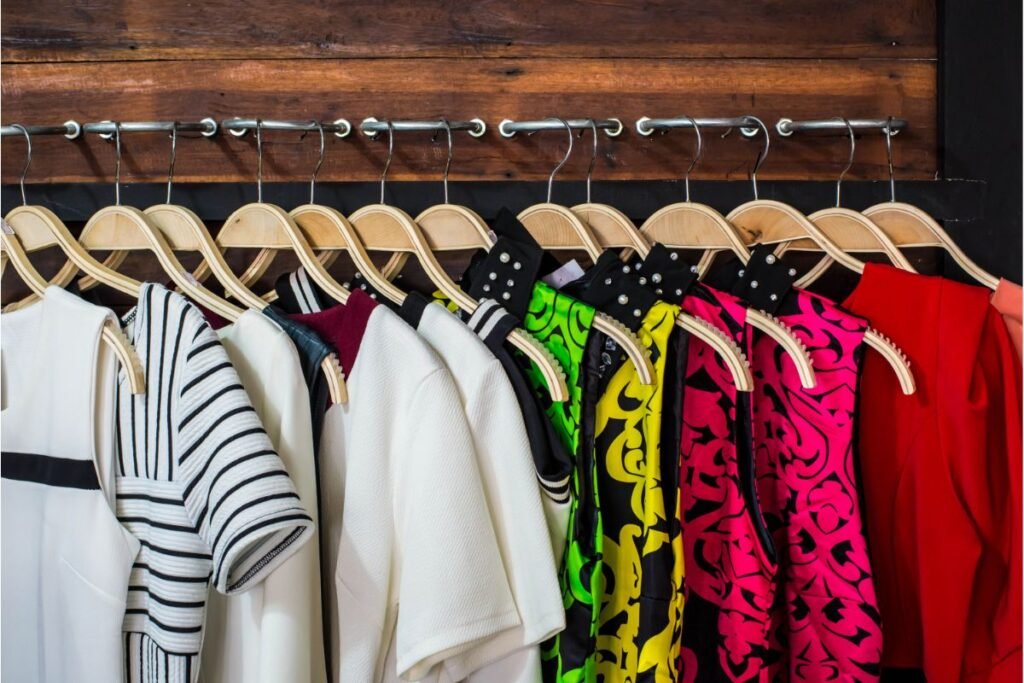
2. Mid Layers
- Sweaters and cardigans: Stick with basic wool or cashmere sweaters in neutral colors. They are great for staying warm and can go with anything.
- Blazer: A fitted blazer dresses up the outfit and adds extra warmth. Keep your colors classic, like black, navy blue, or grey.
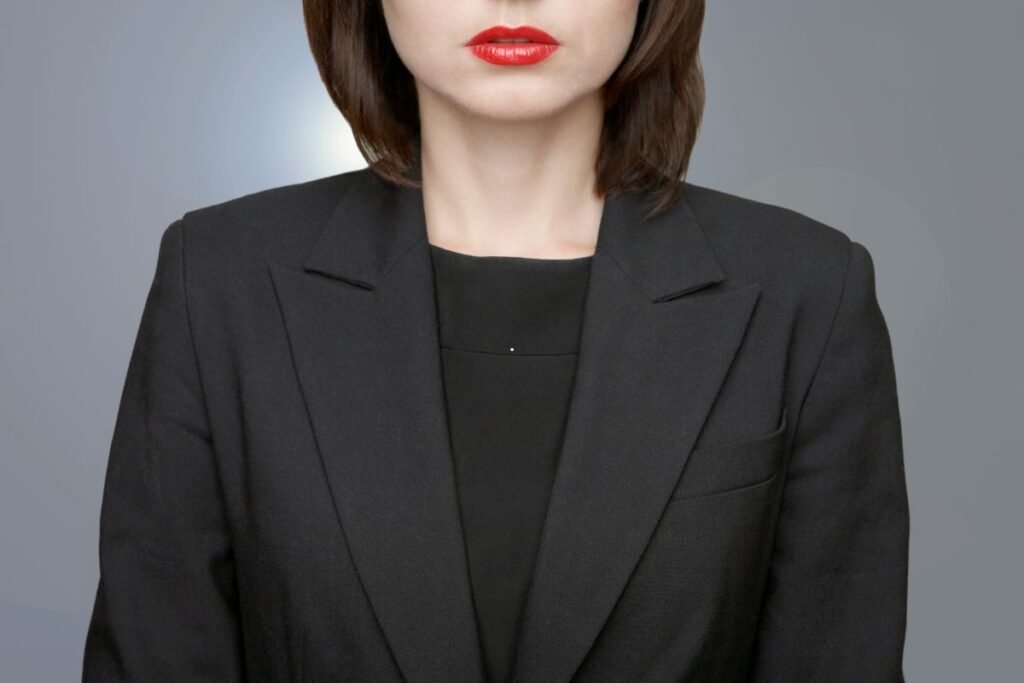
3. Outer Layers
- Winter Coats: Invest in a heavy, insulated winter coat. That is the day a hooded overcoat is most profitable.
- Rain Jackets: It rains often in certain parts of Alaska, so having a good rain jacket is essential.
4. Bottoms
- Dress Pants: Keep warm with wool or a heavier fabric. Dark colors like black, navy, and charcoal are perfect colors to go with.
- Skirts and Dresses: For a feminine touch, skirts and dresses made of heavier materials can be paired with leggings.
5. Footwear
- Insulated and Waterproof Boots: Do not forget about the feet. Provide a set of insulated, waterproof boots to keep your feet warm and dry. Go for the functional and fashionable ones.
- Professional Shoes: When indoors, change into formal shoes such as loafers, ballet flats, or low-heeled pumps.
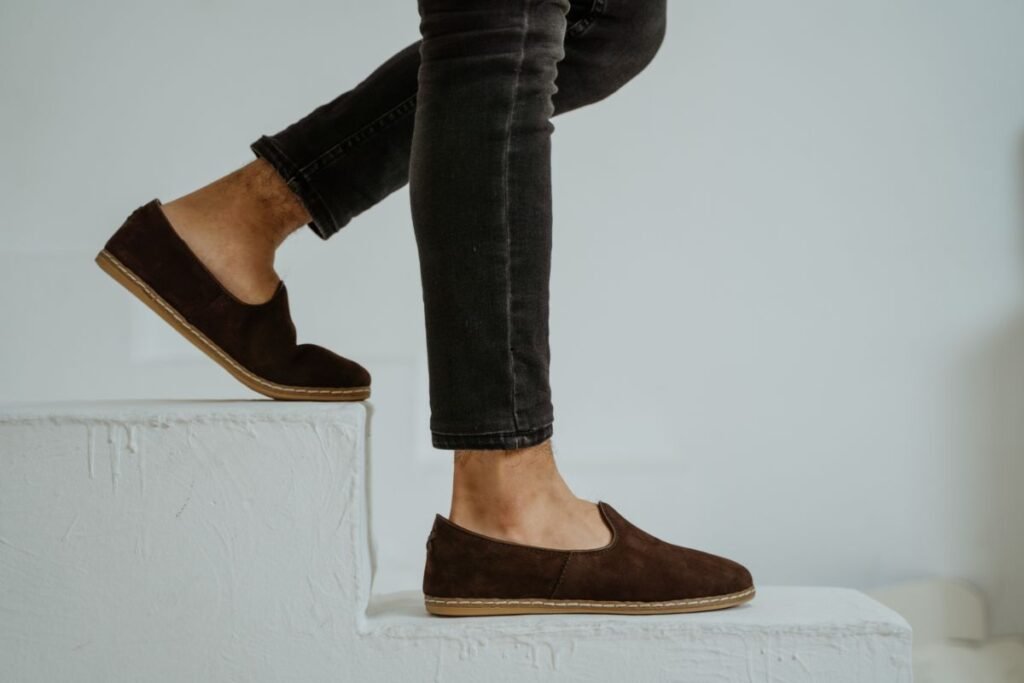
Tips for Mixing and Matching Outfits
1. Stick to a Color Palette
Opt for a few neutral pieces as your staple (black, gray, navy) and add pops of color with accessories. This makes it much easier to mix and match without clashing.
2. Layer Wisely
Start with a base layer, such as long, add a mid-layer for warmth, and finish with an outer layer. When you are able to layer your outfit in this way, you have the option of modifying it during the day according to the required temperature.
3. Accessorize
Scarves, hats, and gloves are practical and add a stylish touch. Opt for pieces that complement your wardrobe colors.
4. Invest in Versatile Pieces
Pick items that can be dressed up or down. For example, a black blazer can be worn over a dress or with dress pants.
Sample Outfit Combinations
1. Casual Monday
- Thermal top
- Wool sweater
- Dress pants
- Insulated boots
- Winter coat
2. Midweek Professional
- Basic blouse
- Cashmere cardigan
- Skirt with tights
- Loafers (swap for boots at the office)
- Rain jacket (if necessary)
3. Friday Flex
- Basic tee
- Blazer
- Wool dress pants
- Ballet flats (swap for boots at the office)
- Scarf for a pop of color
Conclusion
In Alaska, professional attire takes some planning and creativity. Your work wardrobe may seem put together and feel comfortable by layering clothes and selecting items that are suited for the weather. Remember that the secret is to mix and match to look your best while adjusting to Alaska’s particular environment.
Frequently Asked Questions (FAQs)
Q1: What outfits should I wear for work in Alaska, where the climate is cold?
A: Fashion in Alaska lies in layering in a way that makes you warm and professional. The beginner layer includes thermal wear like thermal tops or turtlenecks. Accessorize with a casual shirt or T-shirt and finish off with a warm coat such as a trench coat or belted coat. It’s almost uncomfortable to leave out insulated trousers or skirts and thick tights, and choosing the right shoes should include options that could complement the weather, such as ankle boots or loafers.
Q2: What are some transitional pieces of clothing for a work wardrobe in Alaska?
A: Essential pieces include a comfortable blazer, a knit cardigan, thermal tops, and perfect-fitting trousers. A leather jacket can add a polished look while providing warmth. For skirts, one should look at wool or heavy knit fabric that complements tights. Items such as scarves and gloves also augment style and protection against cold.
Q3: How can I add colors to my work outfits without looking too casual?
A: To add color, combine elements like a bright blazer or patterned scarf. Plain T-shirts, trousers, and other essential wear can also be worn with a little colored blouse, shoes, or bags. For instance, if one wears a navy blazer, the right approach is to add a bright blouse on top of it, whereas if one has a patterned skirt, a simple sweater is appropriate for pairing it with. This keeps your outfit professional yet lively.
Q4: What outfits can be worn mix-and-match in Alaska when considering the spring fashion trends?
A: In spring, you could wear a fancy blouse under a knitted cardigan or a trench coat over a dress. Meanwhile, straight-leg trousers, a blouse, and a light blazer will be perfect to wear on such a day if it is cold outside. The white sneakers can be changed to ankle boots, especially if the weather is still cold.
Q5: How can I convert my outfits from day to night for the working environment in Alaska?
A: A few essential things make it easy to go from day to night. Replace your work flats with heeled boots, and accessorize with a striking scarf or piece of jewelry. You may also accessorize your ensemble with a stylish belt or swap out your blazer for a leather jacket. A clutch may be used instead of a structured bag for a more evening-ready appearance.



